Introduction to Types of Cancer in Women
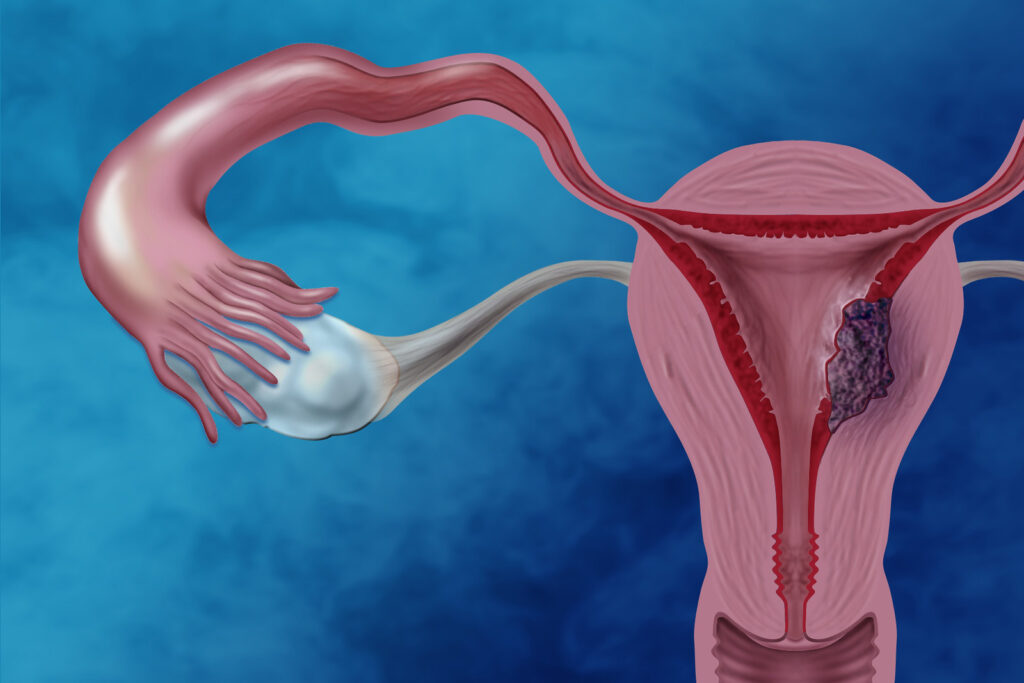 Source: Flickr
Source: Flickr
Gynecological cancers account for a significant percentage of cancer diagnoses in women worldwide, These types of cancer in women can substantially impact fertility, general health, and quality of life. Each of these cancers requires rapid detection to improve survival rates.
Here are the most common cancer types in women:
- Ovarian and fallopian tube cancer
- Uterine cancer and endometrial cancer
- Cervical cancer
- Vulvar cancer
In this article, we will cover the early signs and symptoms of vulvar and cervical cancer. We will also discuss why it’s important to identify uterine and endometrial cancer as well as ovarian and fallopian tube cancer early on.
If you want to learn about female reproductive system testing methods, you can also read this post on NOUL’s website.
Early Signs and Symptoms of Vulvar Cancer
 Source:Pexels
Source:Pexels
Vulvar cancer is a less common but serious gynecological cancer that forms on the external female genitalia. It’s indispensable to be aware of early signs and symptoms of vulvar cancer.
Here are some general signs and symptoms to look out for:
- Persistent itching or burning in the vulvar area.
- Changes in vulvar skin color or texture (e.g., thicker, rougher, whiter patches).
As the condition progresses, more symptoms will come to light, including:
- Lumps, sores, and ulcers on the vulva that won’t heal.
- Unexplained bleeding outside of regular menstrual cycles.
The diagnosis of this condition is tricky because early signs and symptoms of vulvar cancer can mirror benign skin infections and rashes. Consequently, routine gynecological exams and self-monitoring are vital. For more information on various gynecologic cancers, refer to the CDC’s official page.
Ovarian and Fallopian Tube Cancer
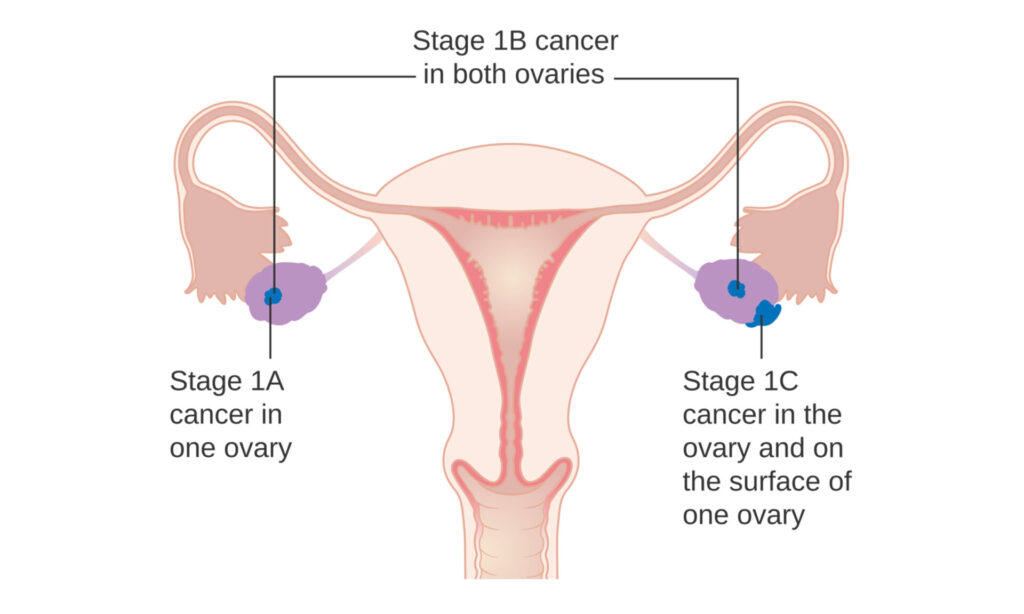 Source: Cancer Research UK
Source: Cancer Research UK
You might see these cancers called the “silent killers.” Ovarian and fallopian tube cancer usually show subtle or non-specific symptoms during their initial stages. Many women dismiss key signs because they resemble ordinary issues such as indigestion or muscle strain.
Some warning signs include:
- Persistent bloating or swelling in the abdomen.
- Pelvic or lower back pain.
- Feeling full quickly when eating or having a reduced appetite.
- Frequent urination or a sudden urge to urinate.
Although current screening methods (e.g., ultrasound, CA-125 blood tests) can be helpful, they are not foolproof. For further details on management and support, visit the American Cancer Society.
Uterine Cancer and Endometrial Cancer
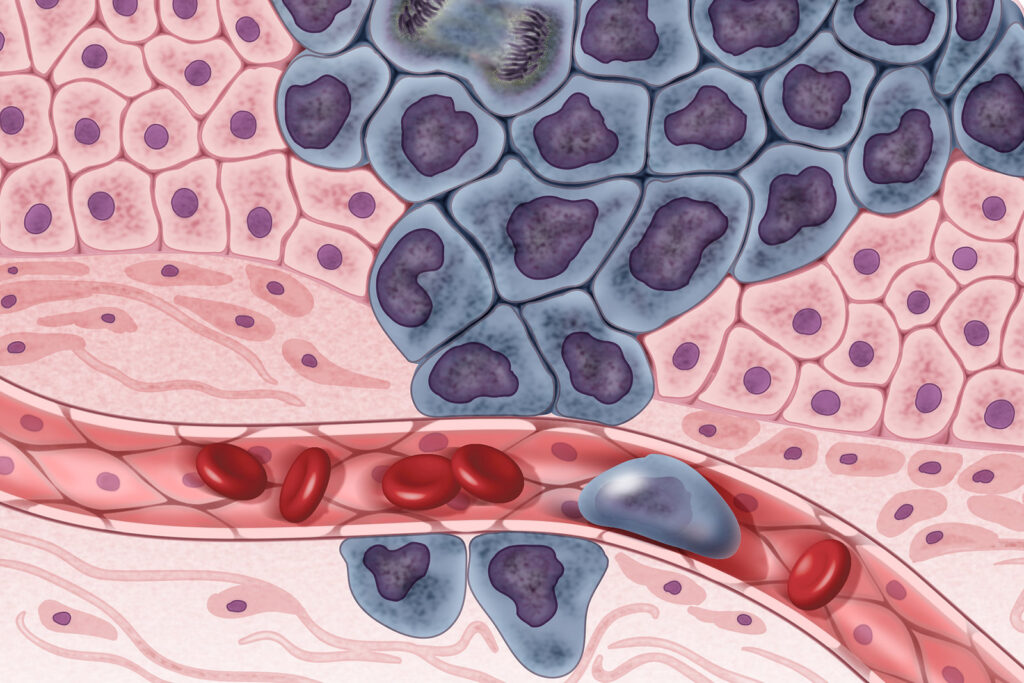 Source: Flickr
Source: Flickr
Uterine cancer and endometrial cancer rank among the most common types of cancer in women. Endometrial cancer originates in the lining of the uterus, and it’s the most prevalent subtype.
Major symptoms include:
- Abnormal uterine bleeding (e.g., spotting after menopause or bleeding between periods).
- Pelvic pain that’s unrelated to menstruation.
- Painful urination or discomfort during intercourse.
Risk factors for Uterine cancer and endometrial cancer can include:
- Hormonal imbalances (e.g., prolonged estrogen exposure).
- Obesity, diabetes, and hypertension.
- Family history of uterine cancer and use of certain medications (e.g., tamoxifen).
Symptoms of Cervical Cancer
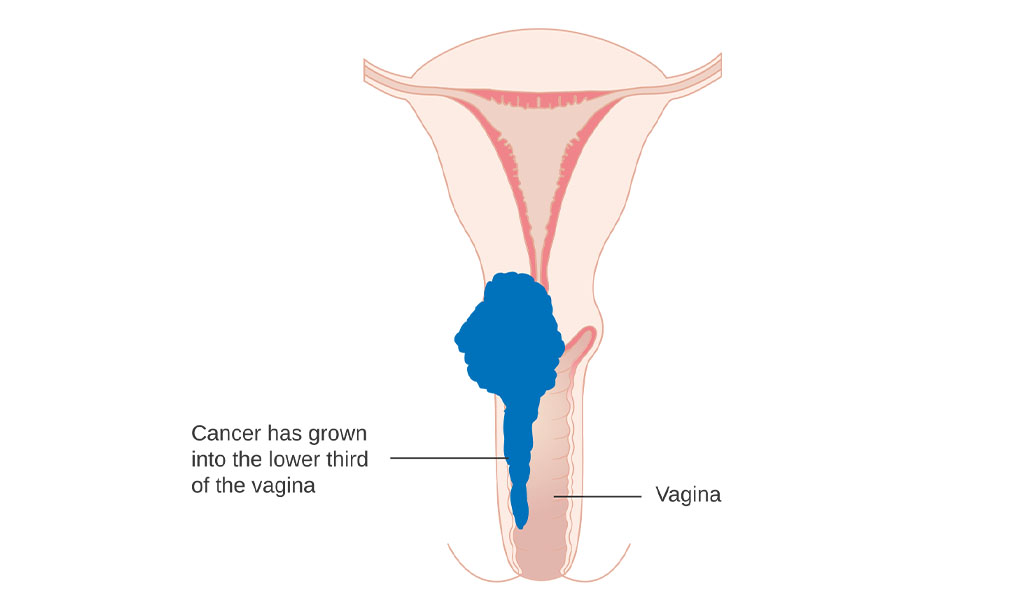 Source: Cancer Research UK
Source: Cancer Research UK
Cervical cancer is widely considered one of the most preventable types of cancer in women. Unfortunately, many regions still face high rates due to limited access to regular screenings.
Symptoms of cervical cancer include:
- Abnormal vaginal bleeding (e.g., spotting between periods, post-menopausal bleeding)
- Pelvic pain or pain during intercourse.
- Unusual vaginal discharge.
For an in-depth look at cytology terms such as HSIL, LSIL, ASC-H, ASC-US, SCC, and NILM, be sure to visit this detailed blog post. Human papillomavirus (HPV) stands out as the principal cause, which makes HPV vaccination programs and routine Pap critical for prevention. NOUL’s miLab™ CER provides advanced analytic capabilities that can detect precancerous and cancerous changes early, which makes it easier to intervene early on. Check out this blog post on 3 visible signs of cervical cancer and read more about Pap smear and HPV care for regular well-woman exams.
Importance of Early Detection and Diagnosis
The early diagnosis of all types of cancer in women is absolutely vital. This includes ovarian and fallopian tube cancer, Uterine and endometrial cancer, and vulvar or cervical cancers.
Unfortunately, there are some challenges that stand in the way, including:
- Limited access to advanced diagnostics in certain regions.
- Overlapping or mild symptoms that delay recognition.
- The integration of digital microscopy with automated testing makes NOUL’s miLab™ CER the ideal tool to address these issues head-on.
This combination makes it possible to:
- Identify symptoms of cervical cancer and other gynecological conditions more quickly and efficiently.
- Reduce the costs and provide a user-friendly interface (important for low-resource environments).
- Provide better patient management, which allows healthcare teams to make same-day decisions.
The table below provides details on early warning signs and common screening methods for major gynecological cancers:
Adapted from WHO’s cancer resources
Conclusion
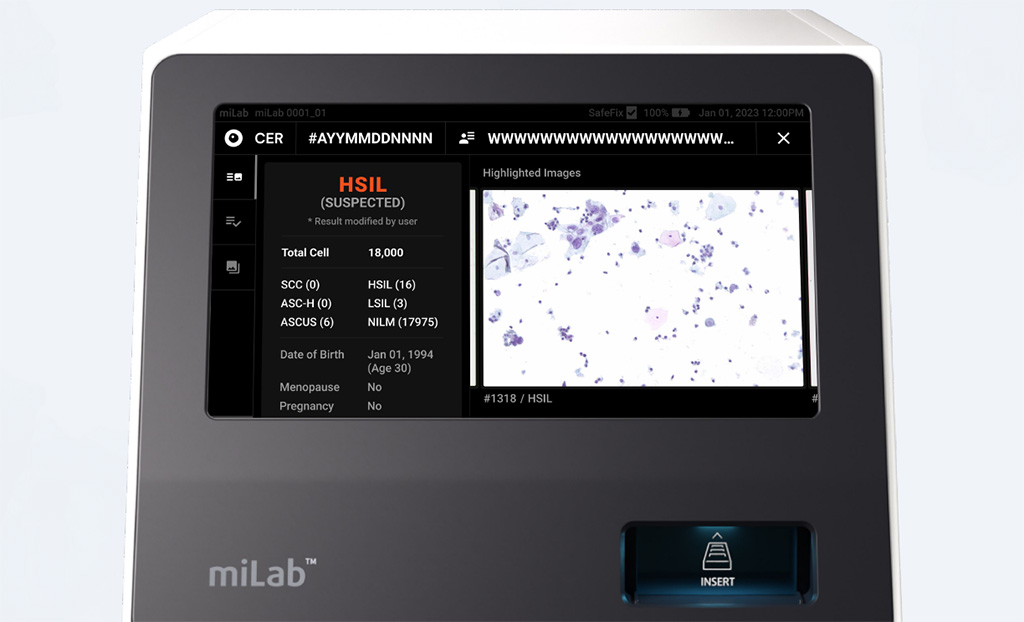 Source: NOUL
Source: NOUL
Being aware of gynecological cancers is very important to intervene in a timely manner. Advanced solutions such as NOUL’s miLab™ CER can expand and enhance diagnostic capabilities, especially in underserved communities. If you’d like to learn more about miLab™ CER or any other NOUL innovations, contact us here.
For further reading about well-woman exams and Pap smear guidelines, visit this informative blog post on NOUL’s website.

